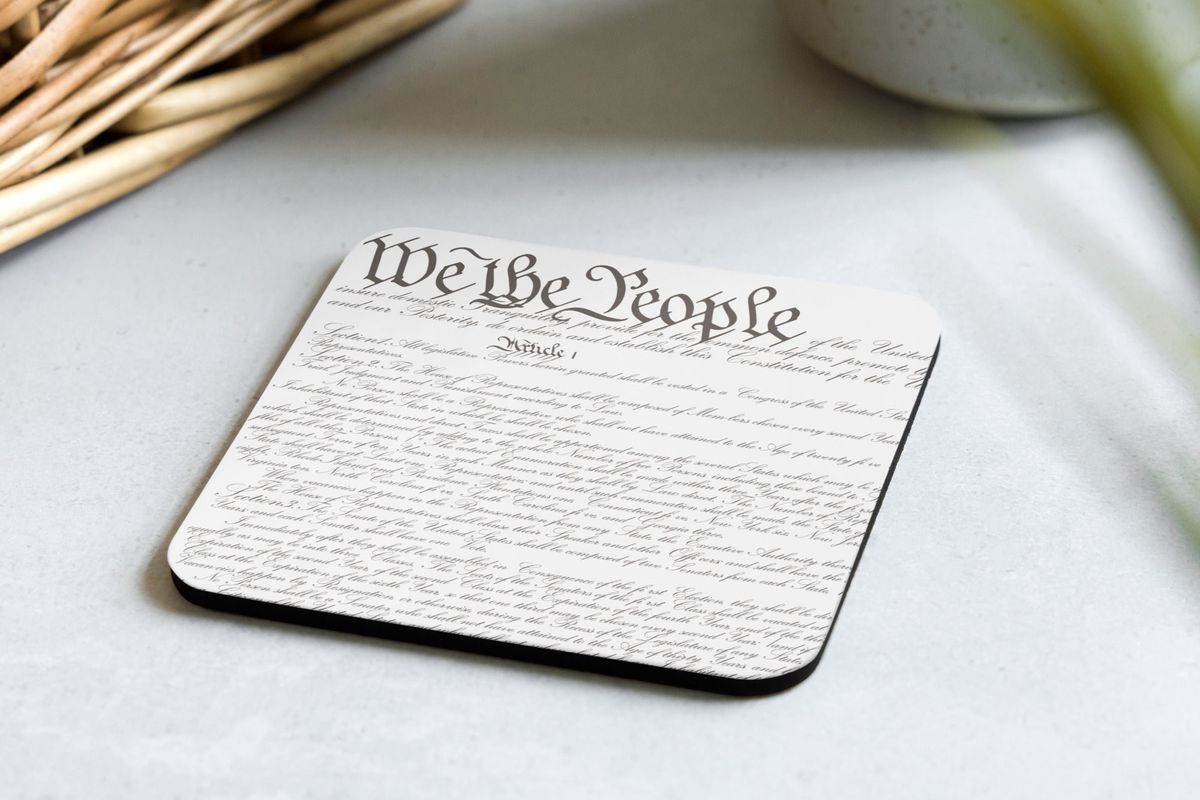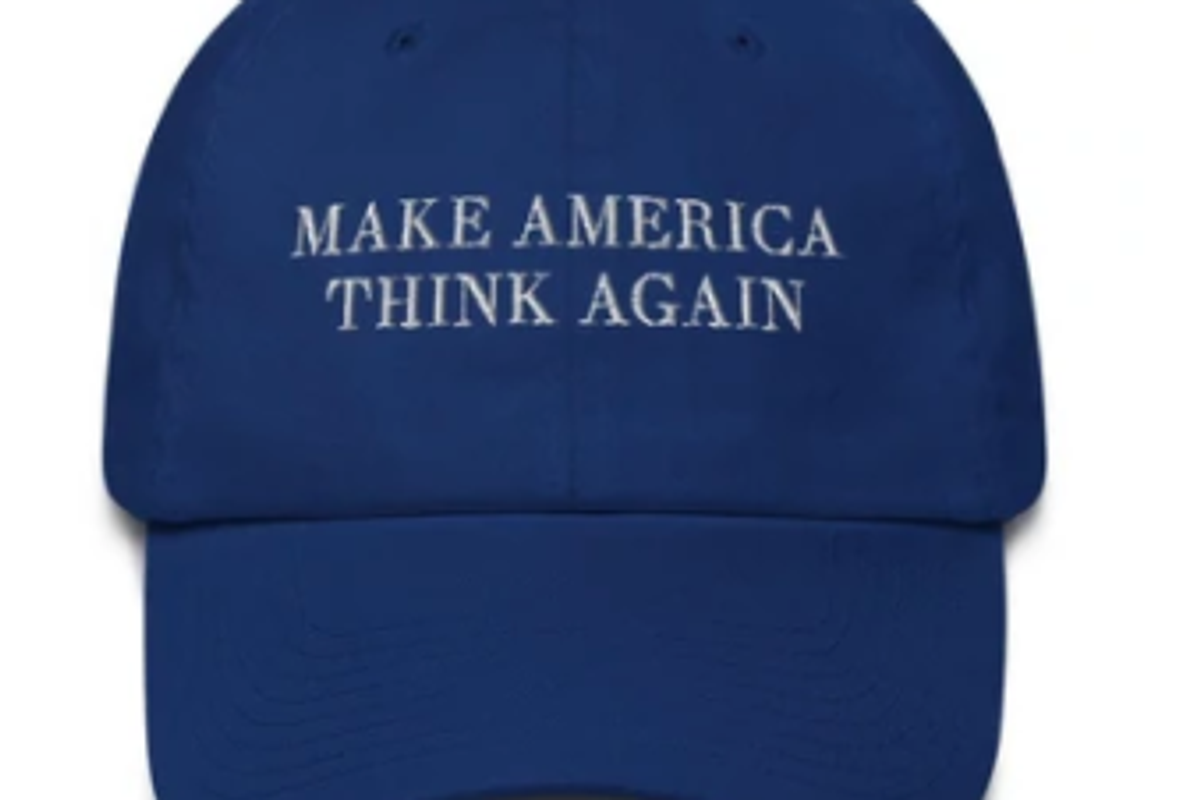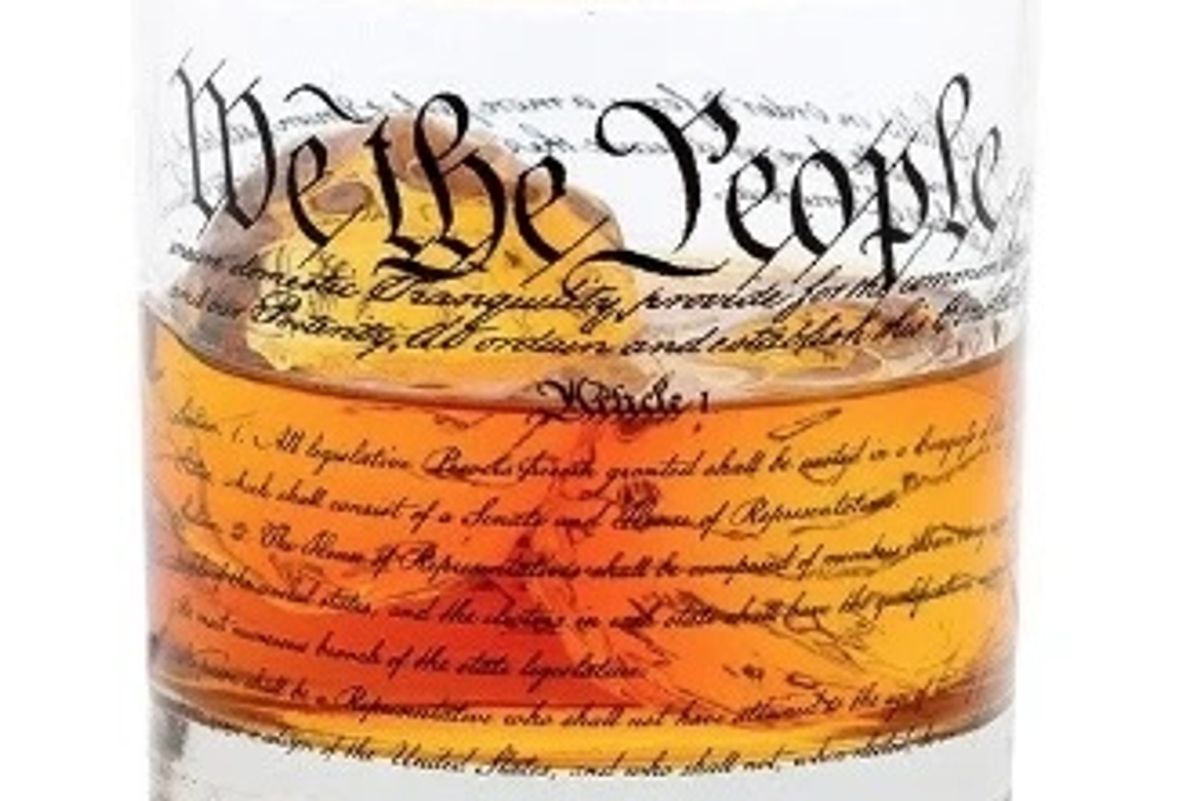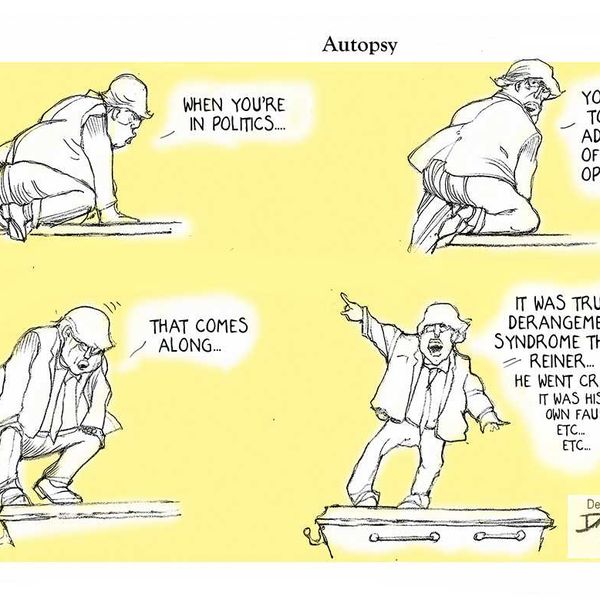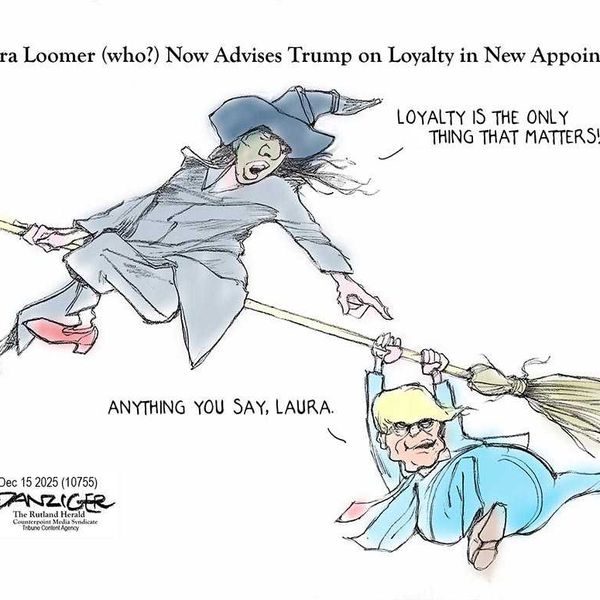Book Review: ‘One Nation Under God: How Corporate America Invented Christian America’

Just as Mad Men began wrapping up its final season, and Walmart and NASCAR confronted the governors of two red states over anti-gay “religious freedom” bills, I settled in to read Kevin Kruse’s new history, One Nation Under God: How Corporate America Invented Christian America. As one might guess from the subtitle, Kruse argues that the current state of religion’s entanglement in our politics is not the product of piety, but of corporate lobbying, religious pitchmen, and Hollywood stagecraft. We may be living in a moment in which corporate titans fear the impact of anti-gay discrimination on their bottom lines, but the Christian libertarianism Kruse depicts is still alive and well. Witness, for example, Hobby Lobby.
Kruse, a historian at Princeton, traces the rise of Christian nationalism to opposition to New Deal policies — not, as many conventional histories of the movement have pegged it, to abortion, feminism, secularism, or even communism. As I happen to agree with this interpretation, I cracked the binding enthusiastically, and wasn’t disappointed. In these pages, I found a new, meticulous, and vital historical account that should be read by anyone who still scratches their head over whether the Tea Party is a religious movement, or wonders how the idealized conception of America as a “Christian nation” was constructed.
As Kruse chronicles, religious leaders didn’t act alone in orchestrating a decidedly religious opposition to modern welfare state reforms, or in designing American civic religion. Rather, it was a Chamber of Commerce president who called for an antidote to the “virus of collectivism” in a “revival of American patriotism and religious faith.” It was the advertising powerhouse J. Walter Thompson that came up with the “Seven Steps to a Successful Local Religion in Public Life Program.” The same Ad Council officials who came up with a 1955 campaign, “Religion In American Life,” a year later supported Dwight Eisenhower’s presidential campaign with a billboard, “Faith in God and country. That’s Eisenhower! How about you?” Not incidentally, Kruse notes in one of countless fascinating details, J. Walter Thompson at one time employed the future Richard Nixon chief of staff H.R. Haldeman, who went on to be a central figure not only in the Watergate cover-up, but in orchestrating Nixon’s efforts to “romance” religious leaders.
There are four key players in Kruse’s narrative: James Fifield, a California pastor whose role in shaping Christianity’s role in modern politics has been for too long underappreciated; Abraham Vereide, the anti-union crusader who developed the prayer breakfasts and elite cells of politicians and power brokers documented in Jeff Sharlet’s 2008 book, The Family: The Secret Fundamentalism at the Heart of American Power; Billy Graham, the only one of the three who became and remains a household name; and Dwight Eisenhower who, in Kruse’s telling, presided over an “incredible transformation” in how Americans understood the role of religion (read: Christianity) in public and political life.
For close observers of the 20th-century rise of Christian civil religion as well as the religious right and the Tea Party, Kruse’s treatment of Fifield will be the most delicious and eye-opening part of the book. Historian Kim Phillips-Fein chronicled Fifield’s role in shaping laissez-faire economic policy in her 2010 Invisible Hands: The Businessmen’s Crusade Against the New Deal, a crucial contribution to understanding the backlash against a social safety net that endures, for example, in the Republican Party’s unrelenting hostility to Obamacare. Kruse’s deep dive into Fifield’s organizing methods, though, brings to life this “apostle to millionaires” and his role in a corporate-Christian alliance to portray the New Deal as both un-American and un-Christian — that is, if Jesus’ gospel were one of rugged individualism.
Before Jerry Falwell’s Moral Majority, there was Fifield’s Spiritual Mobilization, a campaign to upend the Social Gospel, used by liberals, including FDR, to bolster support for Progressive Era reforms and the New Deal. Fifield’s “important innovation,” Kruse writes, “was his insistence that Christianity and capitalism were political soulmates, first and foremost.” For Fifield, the “state cast a long and ominous shadow,” shaping his theologically-based antagonism to government interventions to support the poor and middle class. In a 1938 pamphlet sent to 70,000 pastors, Fifield wrote, “If, with Jesus, we believe in the sacredness of individual personalities, then our leadership responsibility is very plain.”
Notably, Fifield was not from a conservative denomination, but a Congregationalist whom Kruse describes as theologically liberal but politically conservative. (I suppose “liberal” is accurate should one read his interpretation of Jesus as a libertarian dogmatist as taking liberties with the text.) At the height of his career, Fifield pastored the 4,000-member First Congregational Church in Los Angeles, which counted among its members and supporters the director Cecil B. DeMille and the actor Charlton Heston. Emblematic of Kruse’s lively, detailed reporting on Fifield is an anecdote about Heston reciting lines from his role as Moses in DeMille’s Ten Commandments to worshippers at First Congregational, and his recounting of DeMille’s own theo-cultural cri de coeur in the film’s trailer: “we are still fighting the same battle that Moses fought.” (If you’ve ever heard a contemporary Tea Party activist rail against the “slavery” or “tyranny” of “big government,” you’ll realize the “battle” to which DeMille alluded.)
Throughout the late 1940s and early 1950s, Fifield, often with DeMille’s help, staged events like “Independence Sunday,” during which thousands of pastors sermonized on the theme “Freedom Under God.” His Committee to Proclaim Liberty enlisted the aid of Hollywood allies, including Walt Disney and Ronald Reagan, as well as corporate leaders including J. Howard Pew, Conrad Hilton, and executives from Chrysler, Kraft Foods, Marshall Field, Eastern Airlines, General Motors, the United States Chamber of Commerce, and the National Association of Manufacturers. Fifield’s tools for recruiting pastors included distributing free copies of Friedrich Hayek’s libertarian classic, The Road to Serfdom. A 1952 issue of Fifield’s Faith and Freedom magazine denounced the social safety net as “tyrannical” and compared the Social Gospel to socialism, a theology that leads to “socialized covetousness, stealing, and the bearing of false witness.”
Kruse argues convincingly that Fifield’s organizing, and in particular his opposition to the New Deal, helped lay the groundwork for a convergence that came to define religion’s entanglement in national political life in the latter half of the 20th century. First, Billy Graham popularized many of Fifield’s ideas to a mass audience, through his popular crusades and revivals. Second, Vereide’s prayer breakfasts for business elites around the country became “an important political rite of passage” that Vereide, who shared Fifield’s anti-New Deal views, sought to replicate “in every conceivable corner of the federal government,” eventually culminating in the annual National Prayer Breakfast. (Conrad Hilton, Kruse tells us, designed a portrait of a piously kneeling Uncle Sam for the first National Prayer Breakfast, and Graham declared the breakfast “could well be a turning point in the history of Western Civilization.”) And finally, Eisenhower’s campaign and presidency—with Graham’s close orchestration and advice—created the contemporary fusion of religion and politics that still pervades today.
By the height of the Cold War, then, “working lock-step to advance Christian libertarianism, these three movements effectively harnessed Cold War anxieties for an already established campaign against the New Deal,” Kruse writes. Eisenhower, though, eventually soured on the stridency of some of his most libertarian supporters, calling them “stupid” and a “splinter group.” He opted instead for a less combative theme of “Government under God,” and with his support, “One Nation Under God” was added to the Pledge of Allegiance” and “In God We Trust” to currency in 1954, a process Kruse recounts in detail.
Both Graham and Nixon, who served as vice president under Eisenhower, had “front-row seats” for the religion-and-politics revolution over which Eisenhower presided. Disappointed by the failure to harness that religious energy for his 1960 campaign, Nixon, with Graham’s close counsel, revitalized it in 1968. In the charged climate not only of the Vietnam War and the sexual revolution, but of widespread conservative anger over the 1962 and 1963 Supreme Court decisions striking down mandatory school prayer and Bible reading in public schools, Nixon’s first inaugural involved, Kruse writes, “an unprecedented display of public prayer and formal worship.” This religiosity persisted through his presidency, after he instituted worship services in the White House’s East Room. Nixon’s special counsel Charles Colson (who, after his own post-Watergate conversion, went on to found Prison Fellowship) was instructed to carry out the “president’s request that you develop a list of rich people with strong religious interest to be invited to the White House church services.”
If I have a quibble with One Nation, I would have liked to see Kruse explore how, even though rejected by Eisenhower, the strident Christian libertarians (the forerunners, I would argue, of the Tea Party) never went away, instead creating an ongoing tension between Eisenhower’s uber-civil civic religion and the clamorous anti-New Deal, anti-communist hard right. Still, it’s essential reading for anyone who wants to understand that uniquely American alliance between God and mammon.

